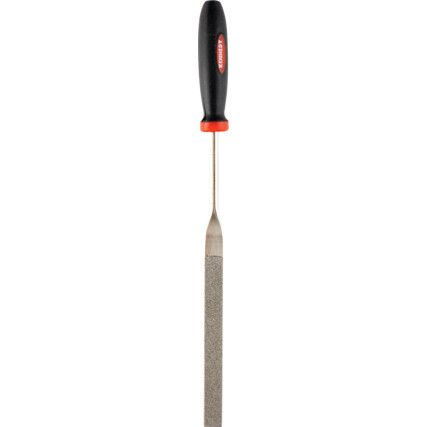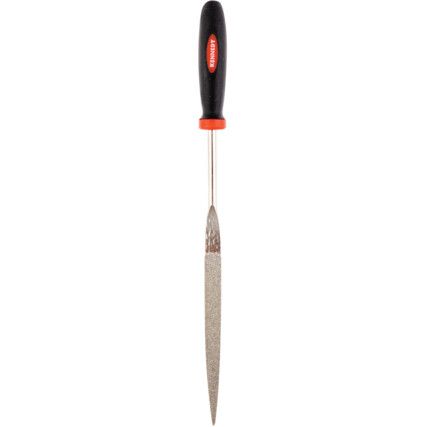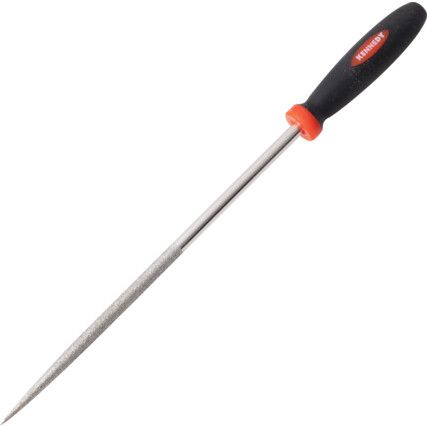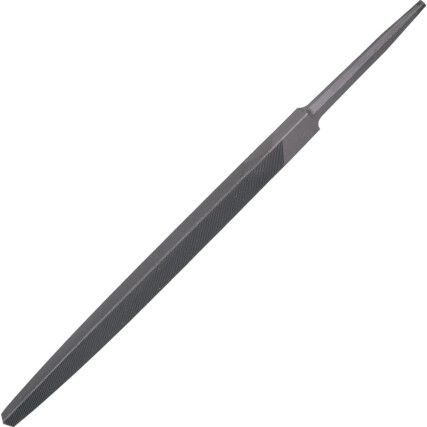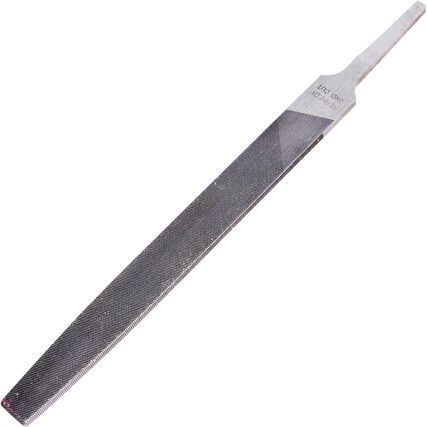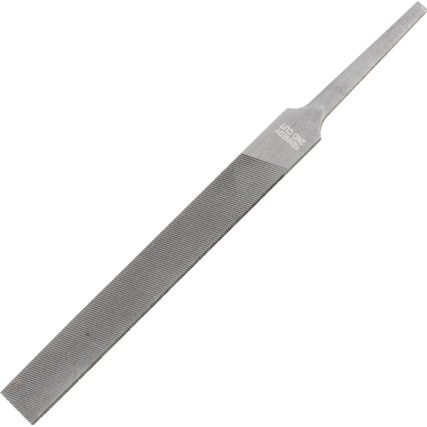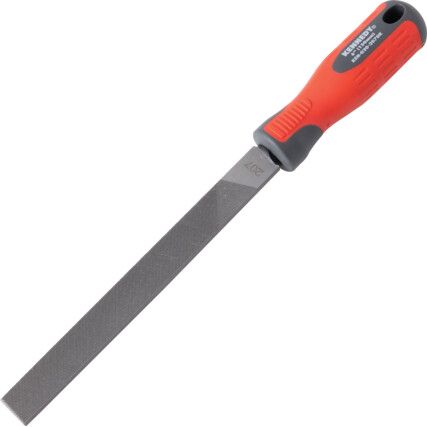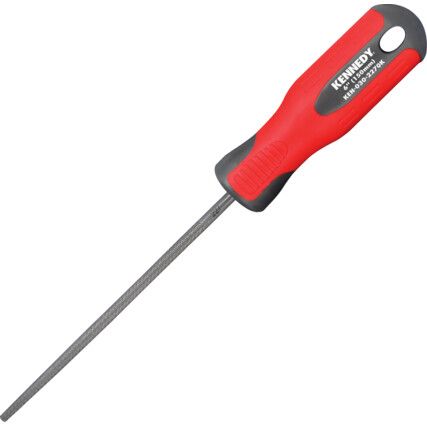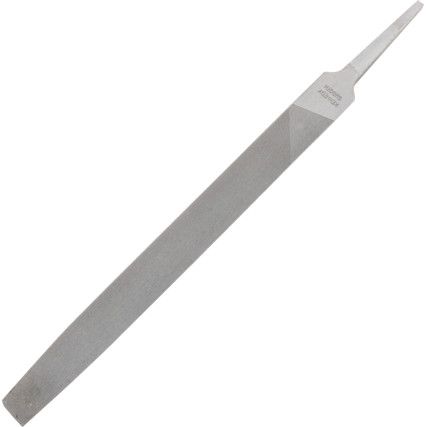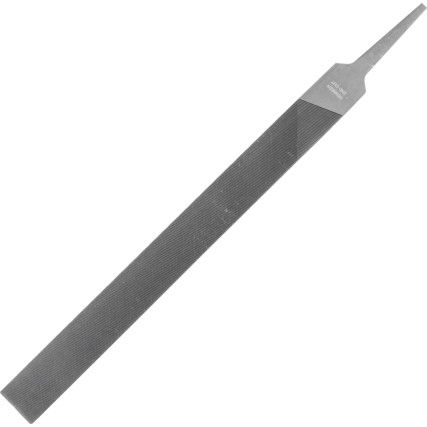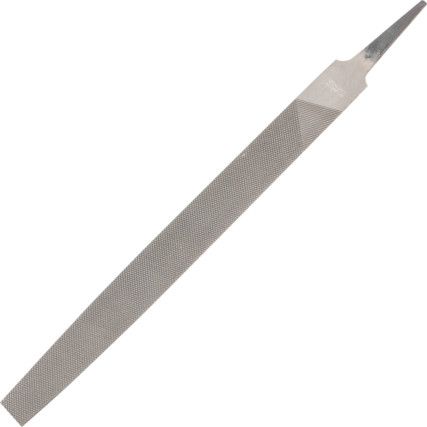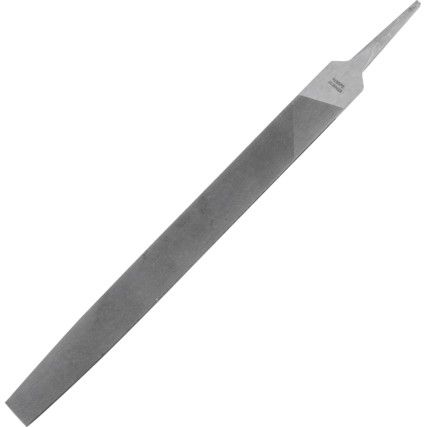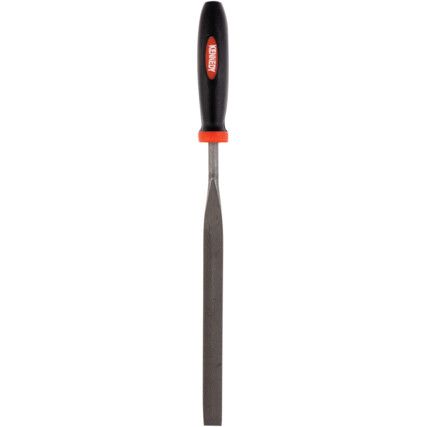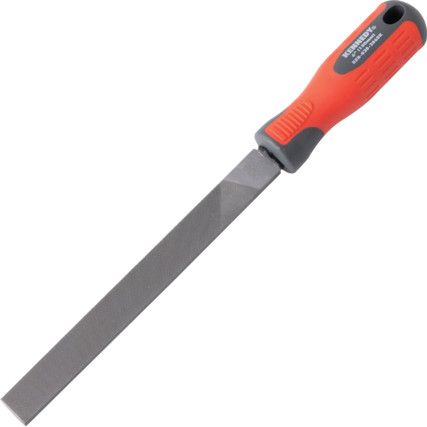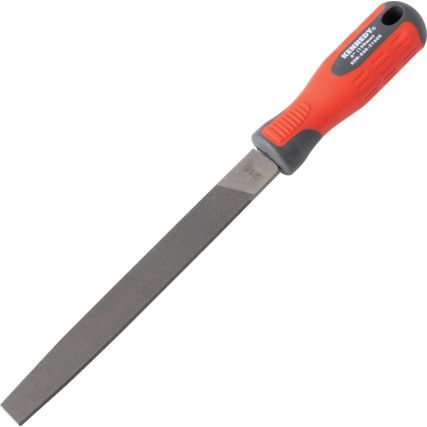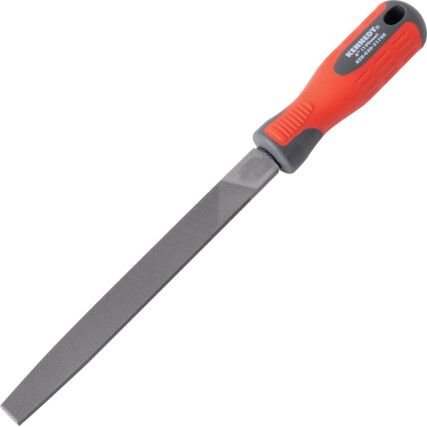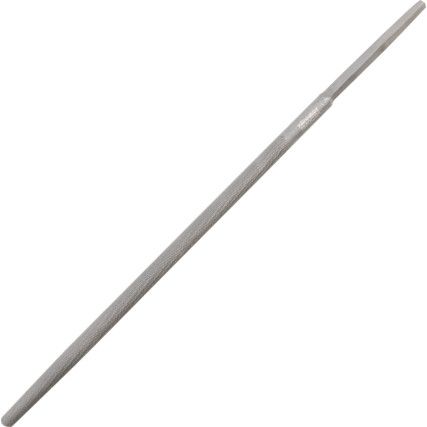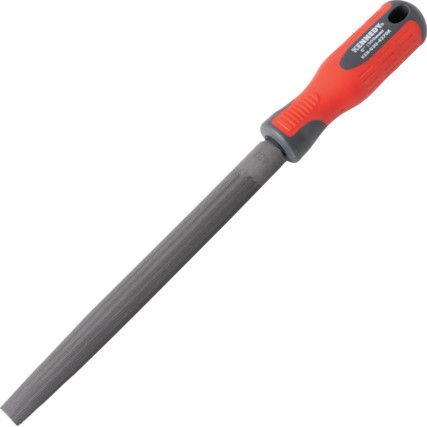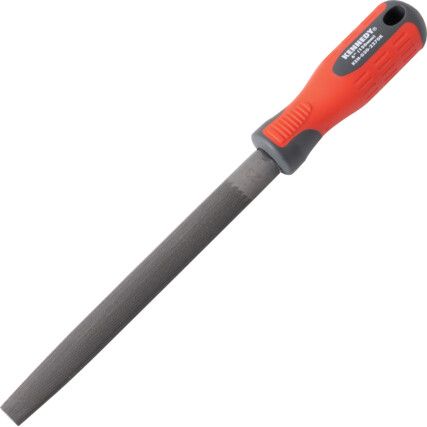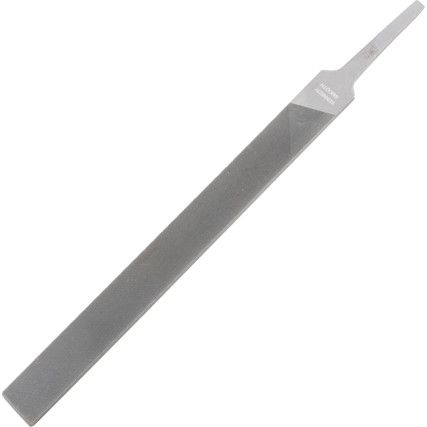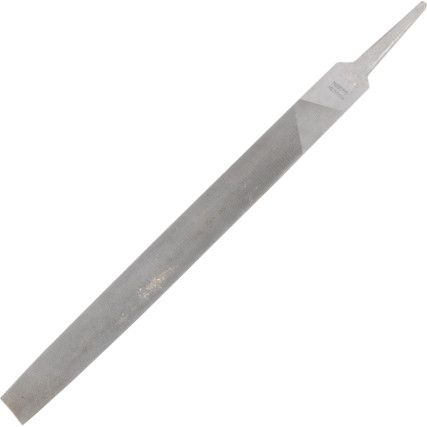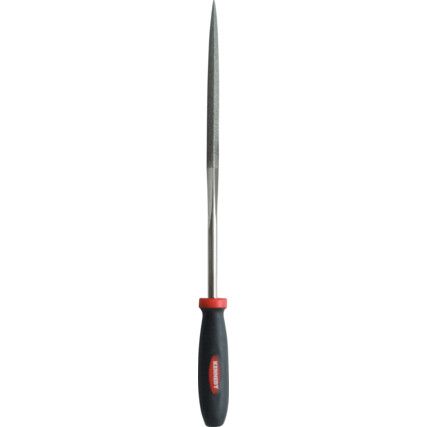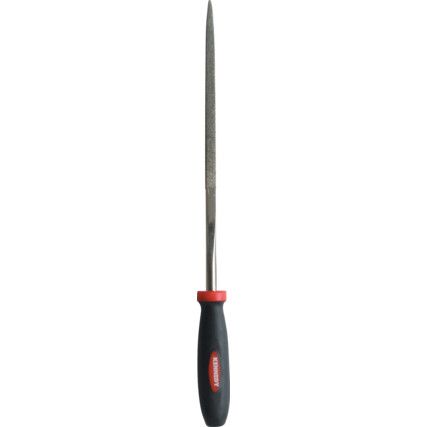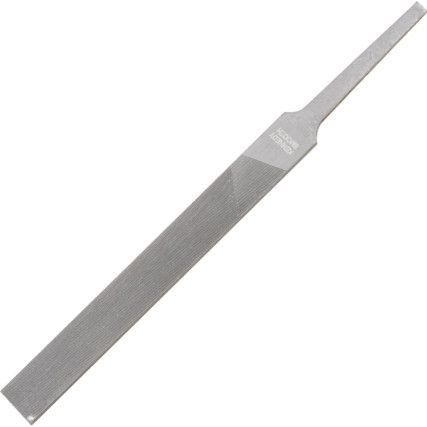Files
Metal files are a main staple in most toolkits across the country. Made in sizes and shapes to suit pretty much every task, they're an extremely useful hand tool where shaping and finishing a workpiece is concerned. They're heavily used in tool sharpening too and are extremely durable bits of kit, especially when made with alloy steel and coated with black oxide.
Ideal for close work, files can create a bevelled edge and round corners as well as squaring off drilled holes. Often available in file sets, you can also buy replacement files with just the metal piece for the preferred handle to be added. Similarly, file handles can be bought separately, as in most cases the handle will give out before the file.
Choose from a wide selection of metal files at Cromwell, where we stock quality hand tools from well-known brands like Bahco® and our own Kennedy® brand.
What are metal files?
An extremely durable abrasive hand tool, metal files are made from chrome alloy steel. They're tempered in water to create a strong surface and have a high carbon content to ensure high tensile strength under pressure. Designated by their tooth pattern or rake as it's known, these patterns dictate the application of each file.
Single cut files have rows of parallel teeth that are cut diagonally over the workpiece. Often called Saw Files, they're best used for tool sharpening, smoothing and finishing.
Why metal files?
When removing large amounts of material, or reshaping a drilled hole, a metal file is a popular choice. These sturdy hand tools allow for user control and a degree of accuracy that can sometimes be lost when using a power tool.
When are metal files used?
Used for shaping, smoothing and deburring a workpiece, metal files are also used to keep tools sharp. Used widely in metalworking, some files have also been developed to use on wood and composite materials. Available in a wide array of sizes, they feature heavily in the toolkits of locksmiths, watchmakers, woodworkers, engineers and more.
Metal file types
There are lots of different aspects to metal files. They're classified, not just by their cut, but also their type (their shape when viewed at the cross-section).
• Single cut - Used to smooth edges and surfaces and sharpen tools.
• Double cut - Quickly removes material from a workpiece.
• Rasp - Removes large amounts of product from harder materials, like wood and lead.
• Curved tooth - Used by the automotive industry to achieve a smooth finish on metal panels.
• Bastard - Also known as American Grain, this is a coarse-grained file.
• Woodchuck - A combination of rasp and wood chisel used widely in woodworking.
• Flat shape - General purpose filing.
• Square - Widens rectangular holes in a workpiece.
• Round - Enlarges round holes in a workpiece.
• Half-round - Dual-purpose flat face for flat filing and the curved face for indentations.
Considerations when choosing a metal file
• Rake/cut - The type of cut dictates a file's coarseness and the amount of material to be removed or smoothed.
• File name - Machinist file or saw file. Saw files sharpen tools, while machinist files shape and smooth for a perfect finish.
• Cross-section - Shaped for the intended use of the file, the cross-section is an important thing to consider. For example, a saw file is usually triangular in shape to fit between the teeth of a tool to sharpen each edge, while straight edges and square slots require a square-shaped file.
• Handle - Available in different materials and shapes, handles should be chosen according to the comfort of the user.
FAQs
What can I use instead of a metal file?
It would depend on the task, but if you're sharpening tools, a sharpening stone is a good alternative to a file.
What's the advantage of using a single-cut file over a double-cut file?
Double-cut files feature more teeth than single-cut files, and so they're good for removing material but tend to leave behind a coarse surface that must be cleaned up with a single-cut file.
Which file is best for use on wood?
Rasp files feature individually raised teeth that resembled a cheese grater. These are extremely abrasive and capable of the quick removal of material and shaping of wood.

